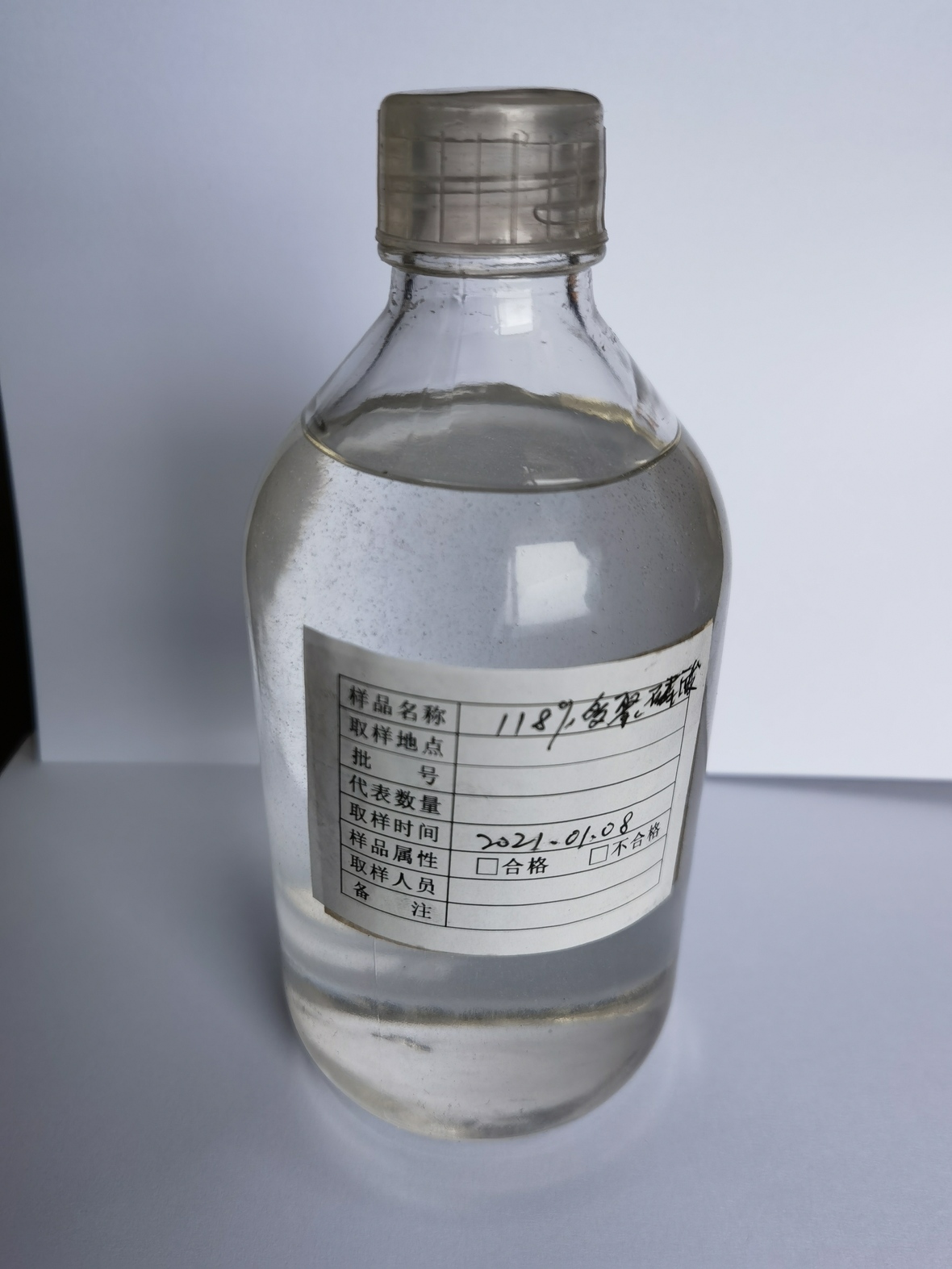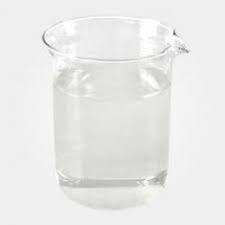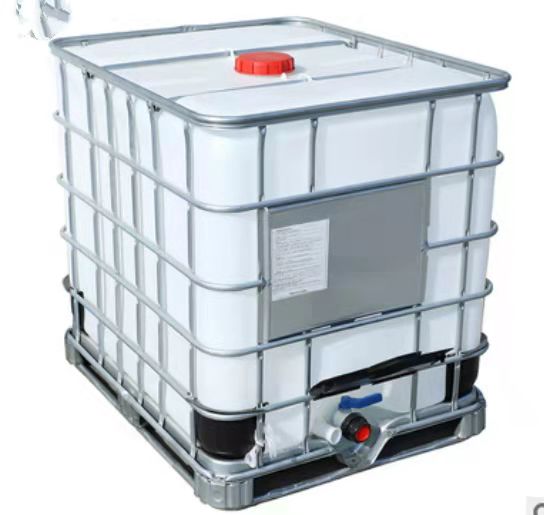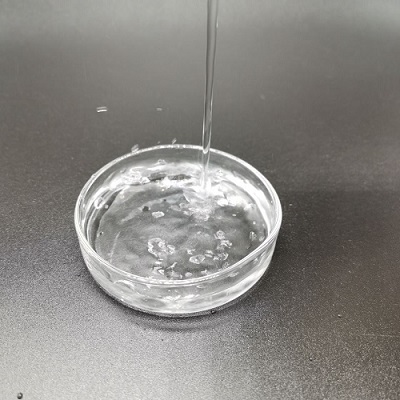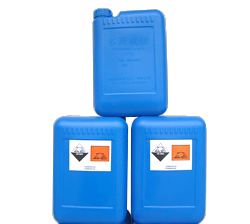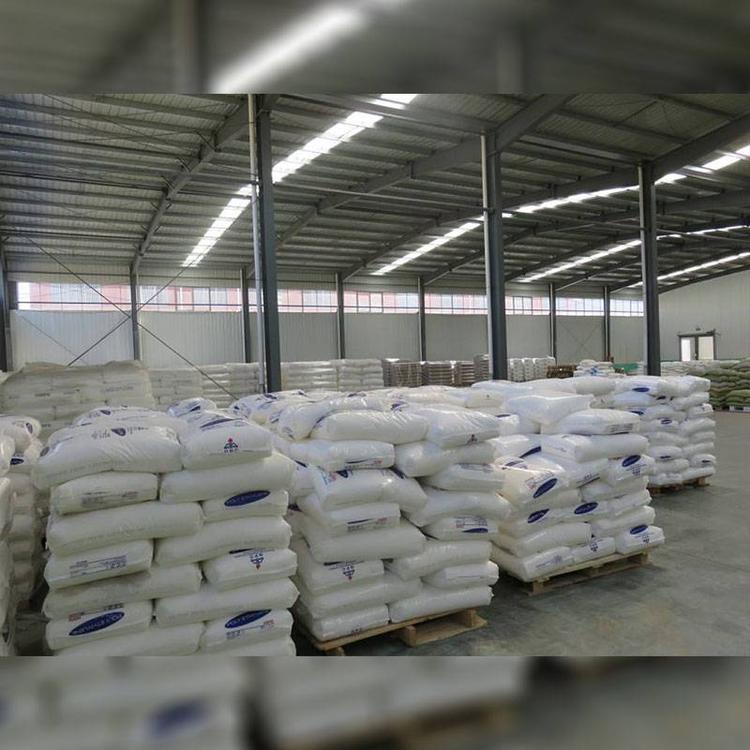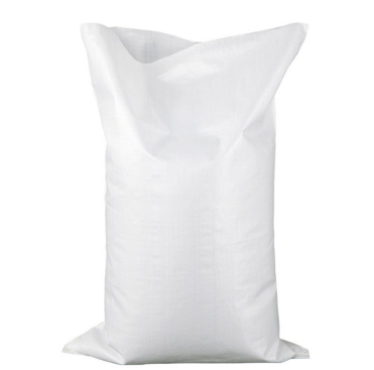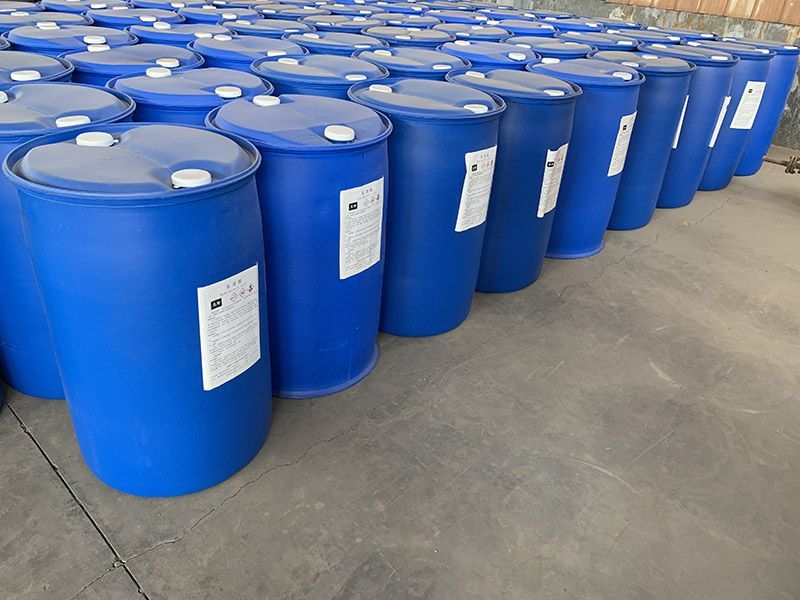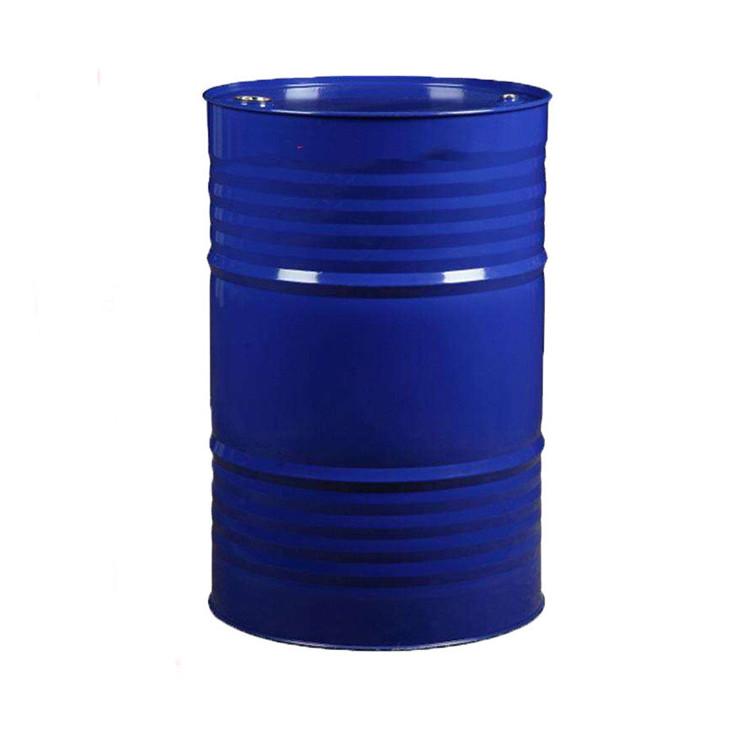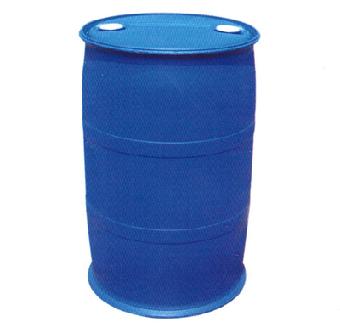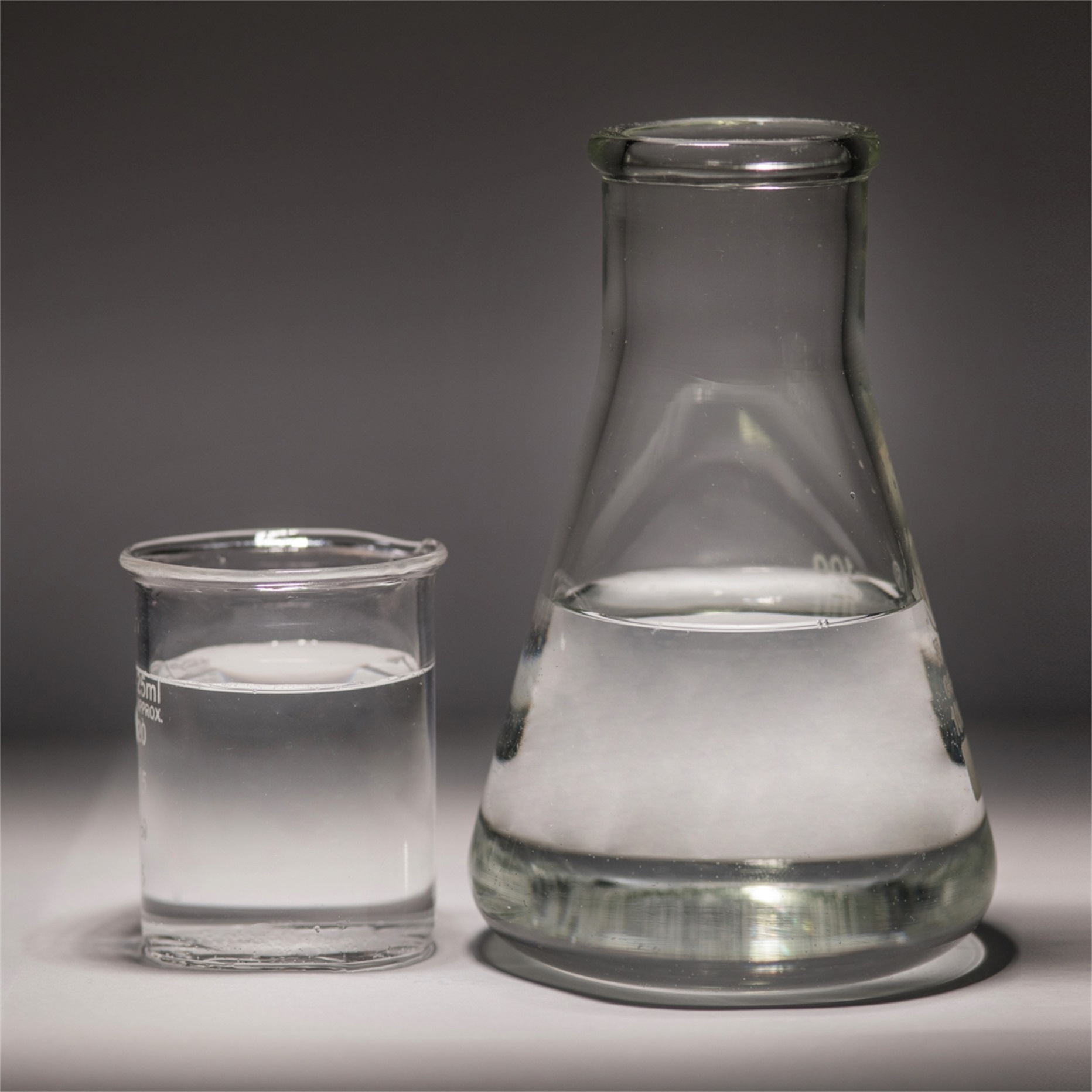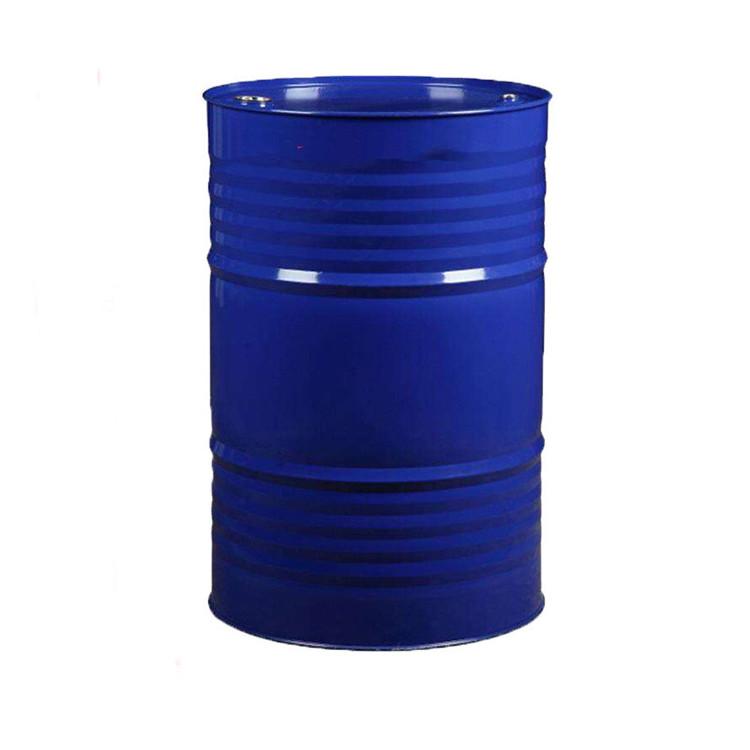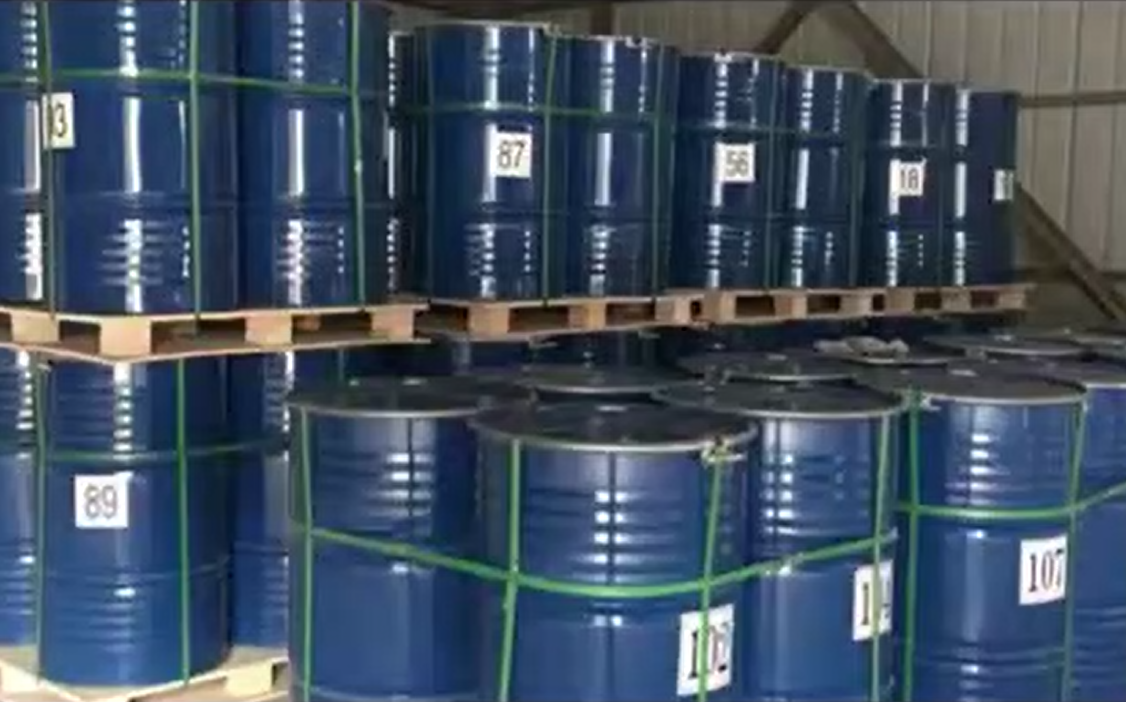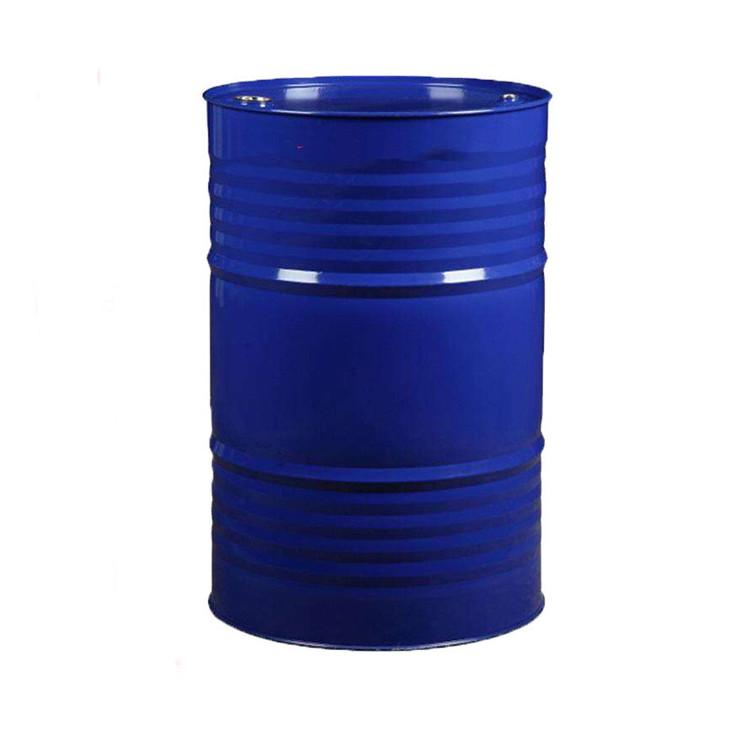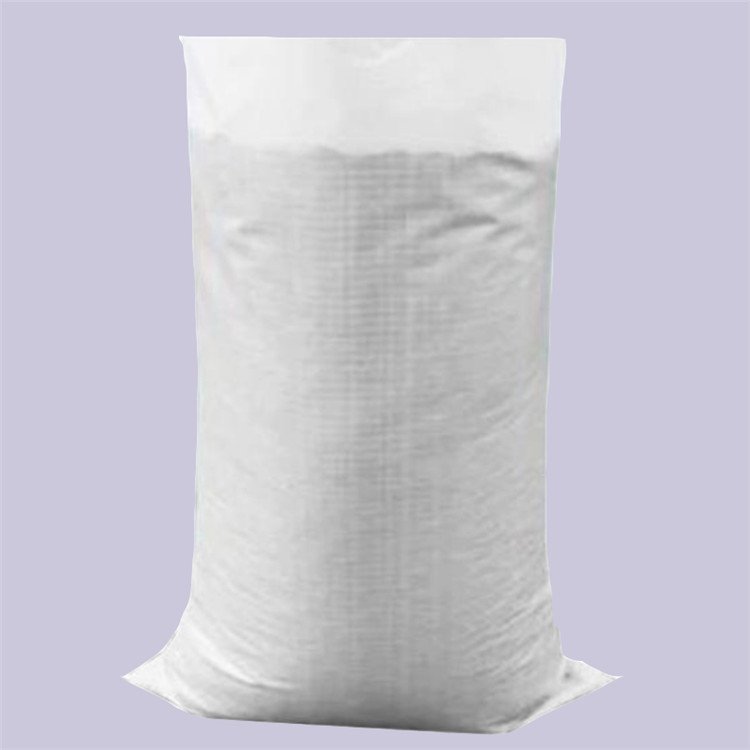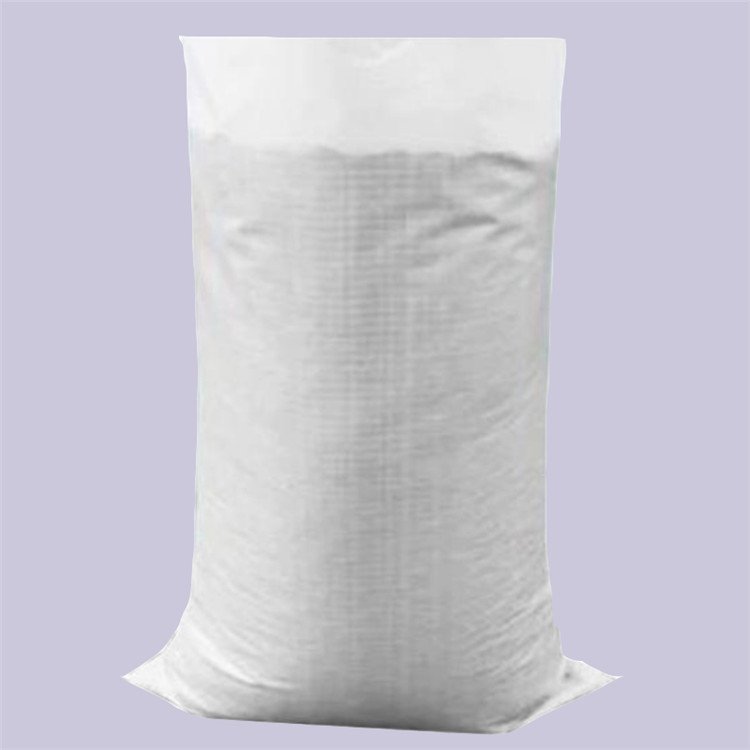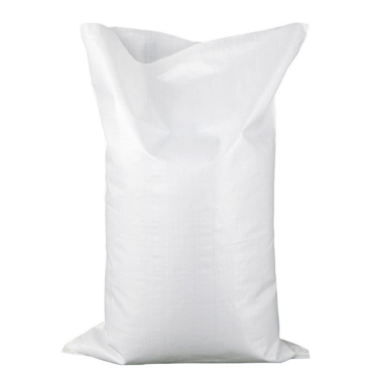Inorganic Chemicals
Find
663
related chemicals for you
CAS:8017-16-1
Molecular Formula:H(n+2)P(n)O(3n+)1
Alias
More Information
PPA; Polyphosphate; Polymerized Phosphoric acid; Superphosphoric Acid; POLY Phosphoric ACID
Brief Introduction
In organic synthesis, it is used as cyclizer and acylating agent, and also as a substitute for orthophosphoric acid.
Suppliers
View More Vendors (5) >
CAS:27546-07-2
Molecular Formula:H8Mo2N2O7
Alias
More Information
Ammonium Molybdate Ts; Molybdate,Diammonium; Diammonium Dimolybdate; Diammoniumdimolybdat; Ammonium Molybdate (Di); Ammoniumdimolybdate; Ammoniummolybdate(Di); Ammonium Molybdate; ADM; DI; Ammonium Molybdate Reagent; Ammonium Molybdenum Oxide (Di)
Brief Introduction
Ammonium dimolybdate (ADM) is the inorganic compound with the formula (NH4)2Mo2O7. It is a white, water-soluble solid. ADM is an intermediate in the production of molybdenum compounds from its ores. Roasting typical ore produces crude molybdenum(VI) oxides, which can be extracted into aqueous ammonia, affording ammonium molybdate. Heating solutions of ammonium molybdate gives ADM. Upon heating the solid, ammonium dimolybdate decomposes to molybdenum trioxide:
(NH4)2Mo2O7 → 2 MoO3 + 2 NH3 + H2O
In terms of its chemical structure, it is a polymeric consisting of distorted octahedral Mo centers liked by tetrahedral molybdate centers.
Suppliers
View More Vendors (5) >
Mo≥56.45%±0.40
/
Tech Grade
25kg
/
Woven Bag
CAS:32057-09-3
Molecular Formula:HF
Alias
More Information
Fluorwaterstof; Hydrofluric Acid; Hydrogen Fluorid; Antisal2B; HF acid; Hydrofluoric; Fluorowodor; Rubigine; Hydrofluoride; Fluoric Acid; Fluorhydric Acid
Brief Introduction
It is used in the manufacture of organic or inorganic fluoride, such as fluorocarbon, sodium fluoride, aluminum fluoride, uranium hexafluoride and cryolite. It is also used for pickling of stainless steel and non-ferrous metals, engraving and lettering of glass instrument scales, glassware and mirrors, polishing of glassware, treatment of frosted bulbs and general bulbs, silicon removal and purification of metal graphite emulsion, sand removal of metal castings, removal of graphite ash, and manufacturing of Semiconductors (germanium and silicon). It is also used as a catalyst for dye synthesis and other organic synthesis. It is also used in electroplating, reagent, fermentation, ceramic treatment and the manufacture of fluororesin and flame retardant.
Suppliers
View More Vendors (5) >
苏州嘉鼎化学有限公司
40%
/
-
CAS:7439-95-4
Molecular Formula:H2Mg
Alias
More Information
Magnesium; Mg; Magnesio; Magnesium Turnings; Magnesium Metallicum; Magnesium Ribbon; Magnesium Sheet; Magnesium Powdered; Magnesium Metal; Magnesium Compounds; Atomized Magnesium Metal Powder; Magnessium
Brief Introduction
Magnesium is a transition metal compound used to synthesis Grignard reagents in organic reactions in the synthesis of complex chemical compounds.
Suppliers
View More Vendors (4) >
Alias
More Information
Carbon atom; Carbon Black; MCMB; Monolayer Graphene Sheet; Charcoal Activated; Glassy Carbon; Ferro Chromium; Raven; 38021010; Charcoal
Brief Introduction
Carbon, also known as graphite, burns to form gaseous carbon (IV) oxides (carbon dioxide). Diamonds are a form of carbon that can burn when heated to 600-800 degrees Celsius in air Incomplete combustion of carbon monoxide (CO) occurs when the air or oxygen supply is insufficient.
Suppliers
View More Vendors (4) >
Inquiry (
10
/ 10
)
Clear All
You can inquire for up to 10 products at a time
Sign In
Error!

